How to Plant Bulbs in Fall

Looking for ways to get early spring color in the garden? Learn how to plant bulbs and grow a beautiful garden that produces amazing blooms in early spring.
After a long, cold winter there is nothing quite like seeing early spring blooms emerge from the ground.
It’s exciting to see them start to grow.
And even better to watch thcm bloom.
They bring great joy after a long cold winter.
Without planting bulbs, the garden will stay dull and dreary until spring nursery stock is available.
If you want a garden that’s always and bloom, plant bulbs in fall to get early spring color.
There are lots of beautiful spring flowering bulbs to choose from.
And today, I’m going to show you how to plant bulbs as well as sharing some of my favorites.
How to Plant Bulbs
Although the gardening season is coming to a close, now is a great time to plant bulbs for gorgeous spring flowers.
Spring-flowering bulbs need to be planted in fall so they have time to develop a good root system before winter.
It is best to wait until soil temps are below 60 degrees F before planting. So depending where you live, the best time to plant is generally in mid-September or October.
I live in hardiness zone 6a, so I typically wait until the end of October to plant when temps are more consistently cool.
Directions For Planting Bulbs in Fall
- When shopping, look for bulbs that are large, firm, and have good color.
- Choose a site in your yard that has good drainage and receives at least six hours of direct sunlight per day.
- Before planting bulbs, place them in the garden to plan their design.
- Dig holes to the recommended depth. I prefer to dig larger holes and plant in groupings of odd numbers than to dig individual holes for each bulb. Planting 100s of bulbs goes much faster this way too!
- Plant bulbs upright with the pointed ends up and root side down at the recommended depth (see plant tag for how deep to plant bulbs). But as a general rule, plant bulbs three times as deep as the bulb’s greatest dimension.
- Before backfilling the hole, add organic matter like peat moss to add drainage and help enrich the soil.
- Mix in a special bulb fertilizer. Avoid using bone meal if rodents, skunks, or other small mammals are an issue. Bone meal attracts them.
- Backfill the holes.
When plants emerge in spring, fertilize lightly with bulb fertilizer at least two inches from the plant.
Spring-Flowering Bulb Tip: When the flower petals fade, remove the flower parts and stem before the plant goes to seed. Don’t cut leaves back until they turn yellow though. This allows the bulb to store more energy for next year’s flower production.
Design Tip: Bulb foliage that is dying back can be hidden by planting bulbs in between perennials and annuals. The benefit of planting bulbs this way will provide color while perennials emerge and be camouflaged by perennials while they die back.
Some of My Favorite Spring-Flowering Bulbs
- crocus
- hyacinth
- daffodils
- tulips
- alliums
Tip to Protect Tulips and Other Early Spring Flowers from Deer Damage
While most of the above list is deer resistant, deer LOVE to eat tulips. We get herds of deer in my yard every year, all season long and they will decimate my tulips if I don’t protect them.
I protect them using this deer spray repellent. It is very effective if you are aggressive with the application.
- As soon as bulbs emerge, spray it heavily with repellent.
- When the bulbs grow a few inches from the ground, douse it again with repellent.
- Apply repellent again when the tulip heads form.
- When the tulip starts to bloom, douse them again.
And while we are on the subject of tulips, this is my favorite tulip. I’m purchasing them this year to plant in my garden – I love how colorful they are!
For more tips to deter deer from decimating your garden plants and flowers, READ THIS.
To learn more plant parenting tips and tricks, CLICK HERE.
Enjoyed the project?
Resources for this project:
See all materials
Comments
Join the conversation
-
 Fmi7749625
on Nov 07, 2021
Fmi7749625
on Nov 07, 2021
Going to try. Urban lady just moved to a house and I would like some flowers. Do I water them after I plant them?
-
-



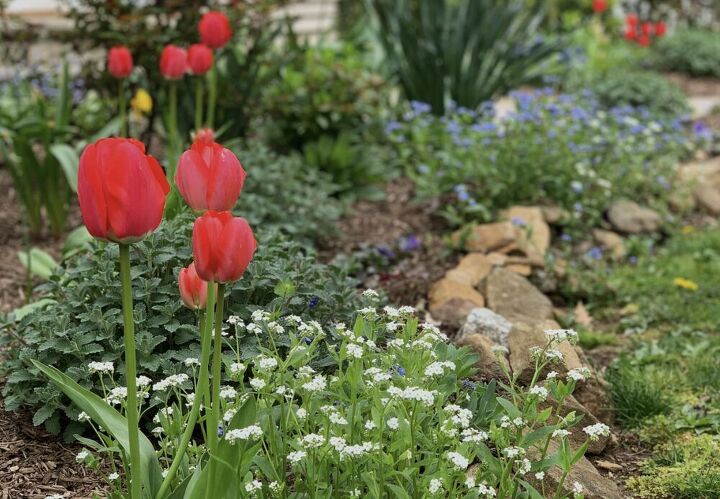














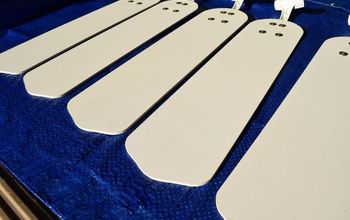
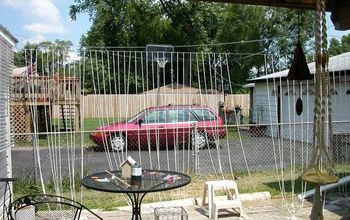



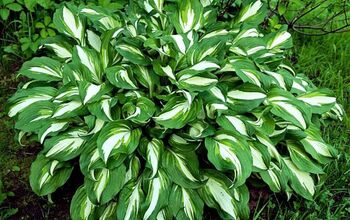
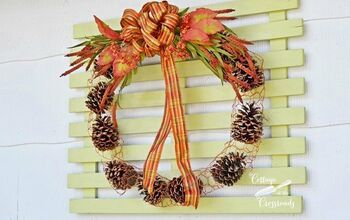
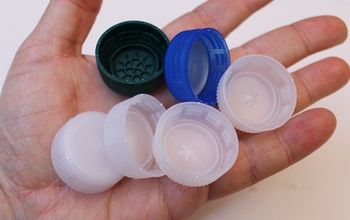















Frequently asked questions
Have a question about this project?
What about chipmunks and rabbits?
I recently planted bulbs, thought I was so smart wetting ground and waiting ten min, used a bulb auger.....not successful, what did I do wrong?? How can this be used?